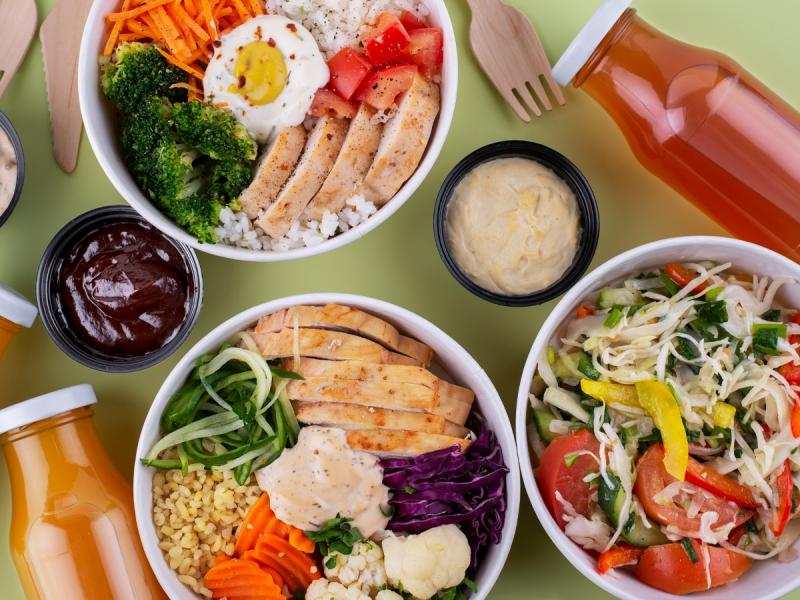In the present era, eating a diet that is both balanced and nourishing has become more challenging. It is understandable why so many individuals find it challenging to continuously consume a well-rounded meal given the popularity of processed foods and people's hectic lifestyles.
The good news is simply just altering your meal-planning approach, you can make all of this difference. Whether you want to concentrate on office lunches or consider budget-friendly meal plan options, this comprehensive guide will teach you how to make a nourishing meal plan that works for your lifestyle.
-
1.Goal-setting
Prior to starting your meal planning, it's essential to decide what your goals are. Would you like to live a healthy lifestyle, get in shape, lose weight, or have more energy? Your goals will dictate the format of your meal plan. For example, if you want to make lunches for the office, choose foods that are portable and don't require a lot of warming.
2. Choose Nutrient-Rich Foods
Healthy meals are built upon nutrient-rich foods that provide essential vitamins, minerals, and macronutrients. Incorporate a variety of colourful fruits, vegetables, lean proteins, whole grains, and healthy fats into your meals. Opt for lean proteins like chicken, turkey, fish, and plant-based sources like beans and lentils. Whole grains such as quinoa, brown rice, and whole wheat bread offer sustained energy throughout the day.
3. Plan Ahead
Creating a healthy meal plan necessitates planning ahead of time. Each week, set aside time to plan your meals, snacks, and even beverages. Prepping ingredients in advance can save you time during busy weekdays. If your schedule is exceptionally hectic, you might want to look into healthy meal delivery services that deliver fresh and balanced meals directly to your home.
4. Balance and Variety
A well-rounded meal plan includes a mix of macronutrients – carbohydrates, proteins, and fats. Experiment with different foods to keep your meals exciting and prevent dietary monotony. For office lunches, consider assembling meal boxes with a balance of protein, veggies, fruits, and whole grains. This not only keeps your taste buds engaged but also supports your nutritional needs.
5. Portion Control
For you to reach your health goals, maintaining portion control is essential. Even nutritious meals, if consumed in excess, can cause weight gain. This phase is especially crucial if you're creating a budget-friendly meal plan because it can help you stretch your ingredients and reduce waste.
6. Affordability and Healthy Eating
Contrary to popular belief, eating healthy doesn't have to break the bank. Designing an affordable meal plan involves strategic shopping and meal preparation. Purchase items in bulk, choose seasonal produce, and incorporate budget-friendly protein sources such as beans, lentils, and eggs. Plan your meals for the week ahead, reducing the chances of impulse purchases and food wastage.
7. Sustainability and Long-Term Success
A successful healthy meal plan is one that you can sustain over the long term. Avoid extreme diets or overly restrictive approaches. Instead, focus on creating a plan that aligns with your preferences and lifestyle. Gradually introduce healthier choices and allow yourself occasional indulgences to prevent feelings of deprivation.
In Conclusion, To revolutionize your approach to healthy eating, you must first plan carefully, understand your nutritional needs, and embrace ease without sacrificing quality. Healthy meal plans, whether self-designed or delivered by a service, are critical to attaining your wellness objectives. You may build a sustainable and effective meal plan that improves your overall health and well-being by taking into account issues such as office lunch techniques, cost, and nutritional variety.
